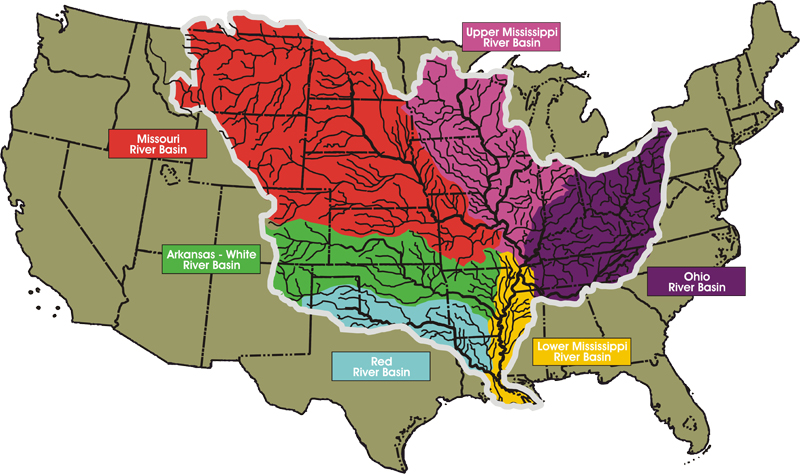 The Mississippi River Commission (MRC) was established by an Act of Congress on June 28, 1879. Congress charged the MRC with the mission to develop plans to improve the condition of the Mississippi River, foster navigation, promote commerce, and prevent destructive floods—perhaps the most difficult and complex engineering problem ever undertaken by the federal government up to that time.
The Mississippi River Commission (MRC) was established by an Act of Congress on June 28, 1879. Congress charged the MRC with the mission to develop plans to improve the condition of the Mississippi River, foster navigation, promote commerce, and prevent destructive floods—perhaps the most difficult and complex engineering problem ever undertaken by the federal government up to that time.
Today the MRC, which is headquartered in Vicksburg, Miss., provides water resources engineering direction and policy advice to the Administration, Congress and the Army in a drainage basin that covers 41 percent of the United States and parts of two Canadian provinces by overseeing the planning and reporting on the improvements on the Mississippi River. The intent behind the mission of the MRC today is the same as the mission placed on the commission upon its creation—to lead sustainable management and development of water related resources for the nation’s benefit and the people’s well-being.